 Alzheimer’s disease is a condition of pre-senile dementia. Though, millions of people today have Alzheimer’s disease, its cure is yet to be discovered. The road to freedom from Alzheimer’s, as of now appears a long one, as scientists and doctors are yet to unearth the causes of this disease.
Alzheimer’s disease is a condition of pre-senile dementia. Though, millions of people today have Alzheimer’s disease, its cure is yet to be discovered. The road to freedom from Alzheimer’s, as of now appears a long one, as scientists and doctors are yet to unearth the causes of this disease.
Though, Alzheimer’s was first described in 1906, many misconceptions are still attached to this disease. Even today, most people incorrectly perceive Alzheimer’s as a disease in which elderly people lose all control over their mental faculties and memory. A lot of blame for this misconception goes to media, which has repeatedly portrayed Alzheimer’s as this.
Generally, the first signs of Alzheimer’s appear when a person is in forties or fifties. Earliest symptoms include loss of short-term memory; the individual fails to recall recent events, such as whether he/she took the morning’s medicines. Memory impairment is then followed by noticeable deterioration in the thought and speech process, such as being unable to do simple calculations, or inability to find words to describe simple items. Alzheimer’s is a degenerative condition; as the disease progresses, the patients may become totally incapable of caring for themselves.
In recent times, researchers have made noticeable progress in understanding some of the important attributes of this disease, such as presence of high amount of tangles and plaques in the brain of Alzheimer’s patients. Tangles and plaques are protein that accumulates in a human’s brain over time. While, tangles build up in inside the nerve cells, plaques accumulate in the gaps between nerve cells in the brain. While, in most people this build up happens naturally with aging, studies show the amount of plaque and tangles in the brain of Alzheimer’s patients is substantially more than found in normal people.
While the progress is heartening, certain roadblocks still need to be crossed. For instance, researches are yet to fully understand this build up or all the factors that facilitate it. However, scientists have found certain factors that contribute to the increased build up of tangles and plaques. These factors are:
- Family history
- Age
- Lifestyle
While, not much can be done about age or parentage, we do have control over our lifestyle. Studies indicate a balanced diet and regular physical activity can reduce the risk of Alzheimer’s.
Studies also show head injuries can lead to Alzheimer’s disease. Keeping our head protected by wearing helmet while driving a two-wheeler, or using a seat-belt while driving a car is in our control. So, take proper precautions to keep your head protected from injuries.
A healthy brain also reduces your chances of developing Alzheimer’s in future. Keep your brain active by doing activities that require you to focus and brainstorm. Daily devote some minutes to mentally stimulating activities, such as solving puzzles. Further, studies show a direct correlation between a healthy heart and an active, healthy and vibrant brain.
EL331015

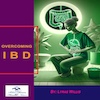 Overcoming IBD
Overcoming IBD Multiple Sclerosis
Multiple Sclerosis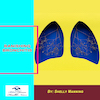 Banishing Bronchitis
Banishing Bronchitis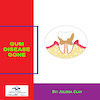 Gum Disease Gone
Gum Disease Gone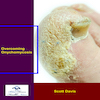 Overcoming Onychomycosis
Overcoming Onychomycosis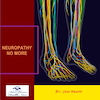 Neuropathy No More
Neuropathy No More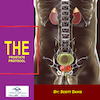 The Prostate Protocol
The Prostate Protocol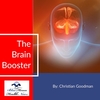 Brain Booster
Brain Booster
 Ironbound
Ironbound
 Solution for Shingles
Solution for Shingles
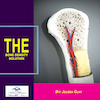 The Bone Density Solution
The Bone Density Solution
 The Ultimate Healing Protocol
The Ultimate Healing Protocol
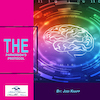 The Parkinson's Protocol
The Parkinson's Protocol
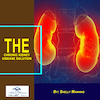 The Chronic Kidney Disease Solution
The Chronic Kidney Disease Solution
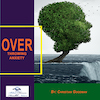 Overthrowing Anxiety
Overthrowing Anxiety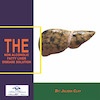 The Fatty Liver Solution
The Fatty Liver Solution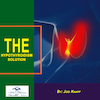 The Hypothyroidism Solution
The Hypothyroidism Solution
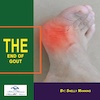 The End of Gout
The End of Gout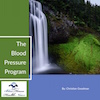 The Blood Pressure Program
The Blood Pressure Program
 The Oxigized Cholesterol Strategy
The Oxigized Cholesterol Strategy
 Stop Snoring And Sleep Apnea Program
Stop Snoring And Sleep Apnea Program
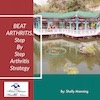 The Arthritis Strategy
The Arthritis Strategy The Vertigo & Dizziness Program
The Vertigo & Dizziness Program The 3-Step Diabetes Strategy
The 3-Step Diabetes Strategy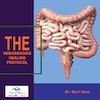 Hemorrhoids Healing Protocol
Hemorrhoids Healing Protocol The Erectile Dysfunction Master
The Erectile Dysfunction Master Weight Loss Breeze
Weight Loss Breeze The IBS Program
The IBS Program The Insomnia Program
The Insomnia Program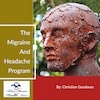 The Migraine and Headache Program
The Migraine and Headache Program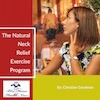 The Neck Pain Solution
The Neck Pain Solution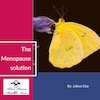 The Menopause Solution
The Menopause Solution The Ejaculation Master
The Ejaculation Master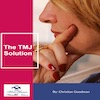 The TMJ Solution
The TMJ Solution The Acid Reflux Solution
The Acid Reflux Solution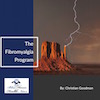 The Fibromyalgia Solution
The Fibromyalgia Solution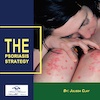 The Psoriasis Strategy
The Psoriasis Strategy